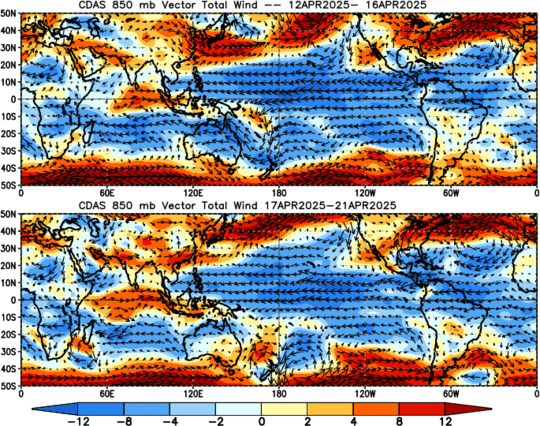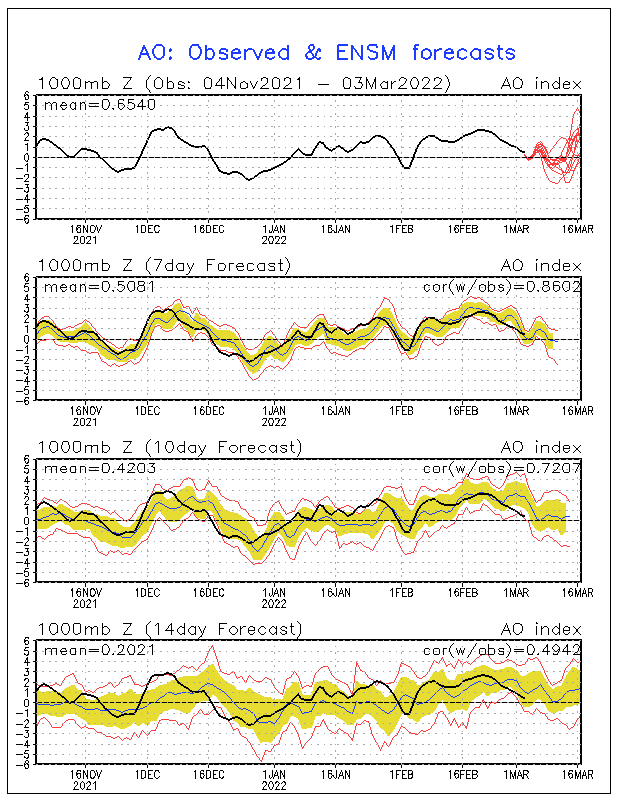It's been a while since I've written a blog post, and I think it's been long due that I write something that could be interesting yet fun to read. Anyways, this weekend I was doing the
Seattle to Portland Bicycle Classic (STP), a two-day (for me) 200-mile ride from, well, Seattle to Portland. This is the first one of two
double centuries I will be doing this summer (and one I signed up for on the last minute)
I am surprised that my body is not as devastated as I thought it would be, considering how tired I was every time I finished training. Like any other ride, there are some neat tricks that'll make life easier for you, and some of them are related to the atmosphere. I will focus and those observations, and also describe the meteorological conditions during the two-day ride, which distracted me a lot!
On the map below are the two routes for these year's double century rides. STP is to the left. A more interactive map can be found on this
link. Notice that is a pretty straightforward ride, with the only significant elevation gain occurring at abotu 40 miles into the ride. The second climb happens at about 115 miles in. While these are only modest changes in elevation, they did have an effect on the temperature and wind I felt during the ride.
Overall, the weekend was beautiful, we had sunny weather and barely any clouds in the sky, which allowed for some amazing sunrises and sunsets, as well as a noticeable diurnal cycle. Below is a meteogram from the rooftop of our
Atmospheric Sciences Building. The red line was [roughly] the time I started biking on day 1 and 2, and the blue line is the time I finished. The only relevant part (since I was on the move all day) is the bottom plot, which is solar radiation. Notice how we got uninterrupted sun both days. I got a bit sunburnt even though I used sunscreen. The third plot shows temperature, which had a similar behavior throughout the ride. The highest temperatures happened after I arrived at Portland, which I kept in mind the whole time since it becomes much harder to ride when temperatures are above 80°F. Anyways, now those are the preliminaries, now lets discuss the two days!
DAY 1:
We took off at about 7 am on Saturday from the parking lot of UW's gym, and temperatures were quite mild and winds calm. Nearly perfect conditions for exercise I'd say. With a ride that had over 11,000 riders, it's hard to ride ahead of anybody at the beginning. I will forever remember the sound of hundreds of people clipping and unclipping their shoes. After getting a couple of miles in, the bikers began to disperse, but it was still pretty calm, so there was no real strategy other than eating snacks and drinking water/Gatorade ever 30 minutes or so. However, it started getting pretty warm early in the afternoon, so the second 50 miles of the first day included more breaks, and more stops for drinks. I reached the mid-point at about 4:30 pm, which was a bit slower than expected. A picture of the mid-point (Centralia College) is shown below. Overall I think I kept a pace of 10-15 mph on the first day, with 4 breaks in between.
DAY 2:
Now this day was interesting. Since I stayed the night on a valley on a clear night, a surface
inversion developed, and it was pretty foggy over some areas. Most noticeably, there was fog right above streams and flat fields. The temperature was about 40°F, which together with my sore body made for a miserable begginning for day 2. About an hour in the ride there was a climb of about 200 feet, and my body warmed up from that, but a thermometer located in a school right after the hill showed the temperature was also a couple of degrees warmer. Winds were pretty calm over the valley, but some areas had a light wind on top of the hill, which made pedaling a bit harder. This is where biking with groups becomes a great idea. If you stay behind groups, the leading bikers will break the mean wind into smaller eddies, and you feel less impact from the wind. This makes you bike about 1-2 mph faster over modest to moderate winds, which is small but it makes a good difference over long distances. I managed to drift with several groups and with smaller breaks in between, I managed to finish day two in about 6-6.5 hours. Another hassle of day 2 was the fast increase in temperature. By 11 am temperatures were already in the upper 70s while I was crossing a shadeless road. At that moment I was glad I wasn't wearing a sweater, and definitely thought that I made a fair tradeoff when I didn't put a sweater on during that crisp, chilly morning. Overall I averaged 15-20 mph on day two, with the higher speeds achieved while biking with a group, pretty good for a first timer!
Anyways, it comes to show you how important it is to be aware of your surrounding atmosphere, strategize and be up-to-date on the latest weather forecasts; at least for these long rides.





















